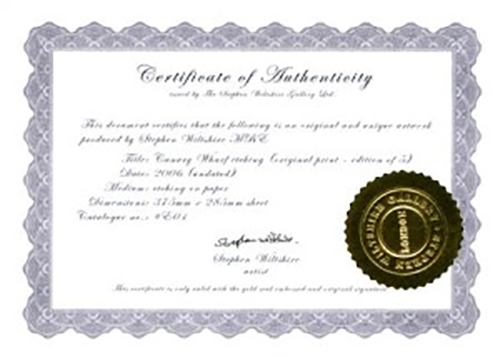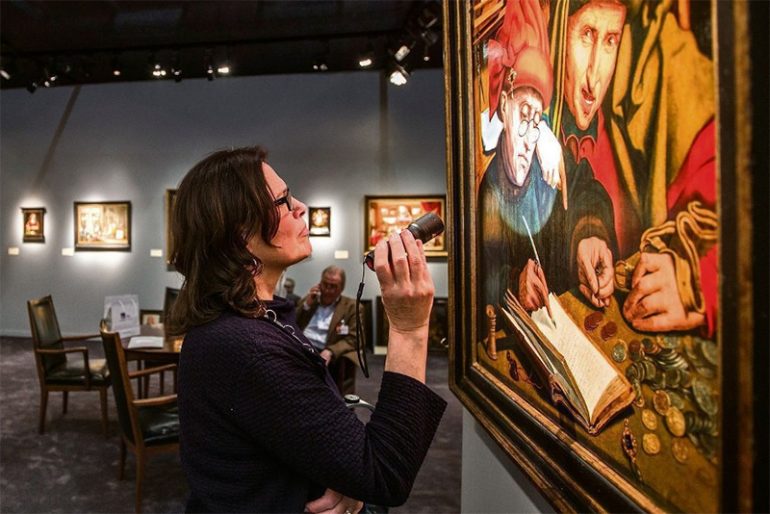Many art aficionados have this mistaken notion that art appraisal is precisely the same as art authentication. But, truth be told that they are not the same thing. In fact, they are two different things. Determining the difference has a significant impact on ascertaining the real value of your prized art possessions especially if you want to start your own art collection.
What is an art appraisal?
Art appraisal refers to the valuation of any piece of art. Many factors play an essential role in knowing the real value of any piece; examples are current market demand, replacement value, resale value, present market value, and many others. Simply put, art appraisal takes into consideration the marketplace for the art, and what the art is ultimately appraised for.
For instance, the fair market value of any art piece may differ from its estate value, which can later change from the replacement to resale value.
The most crucial thing to bear in mind when it comes to art appraisals is that they are as legitimate as the credentials of the art appraiser performing the art appraisal himself.
What is art authentication?
The authentication of an artwork is a process that ensures the piece is 100% original; for example, it purports what exactly it is. It requires specialized knowledge, research, and in-depth scrutiny from highly qualified and art authorities.

Art is authenticated in various ways. The methodology used to authenticate a specific piece will have to depend on what the particular artwork is. For instance, the authentication of a painting can differ from the authentication of a sculpture or other art forms.
Regardless of the kind of art, all art authentications are the same and follow the following precepts:
1. Performed by qualified art authority. A trained art expert is a professional in the field who has the credentials to back up all of his findings and overall conclusions. The art authorities are often curators, art experts who are adept in the field and have written hundreds of articles and white papers on the subject matter. Or where the authority is an artist himself. The most crucial aspect to consider when it comes to experts and art authenticators is that they are always often the go-to persons in the field. All you have to do is simply make mention of these artists, and you are good to go.
2. Art authentication is performed with adequate documentation. This is also known as the ‘provenance’ in the realm of art. Provenance is a documented historical fact detailing the history of the artwork. It can include sales receipts, magazine articles, newspaper, write-up, and name of previous owners, and any other notable artist discussing the same art piece, and many others. A true provenance, in many cases, increases the value of the piece of art as it offers a detailed history of the artwork. While provenance can often be counterfeited, it is also very easy to investigate and detect as for its veracity.
Now that you know the difference between art appraisal and art authentication, you can go ahead and determine the true valuation of your prized artwork.
Photo Attribution:
1st and featured image from https://d2jv9003bew7ag.cloudfront.net/uploads/An-Art-Dealer-Lookin-at-at-Artwork-Image-via-nrccom.jpg
2nd image by from http://clancco.com/wp/wp-content/uploads/2013/12/Certificate_of_Authenticity-300×214.jpg
